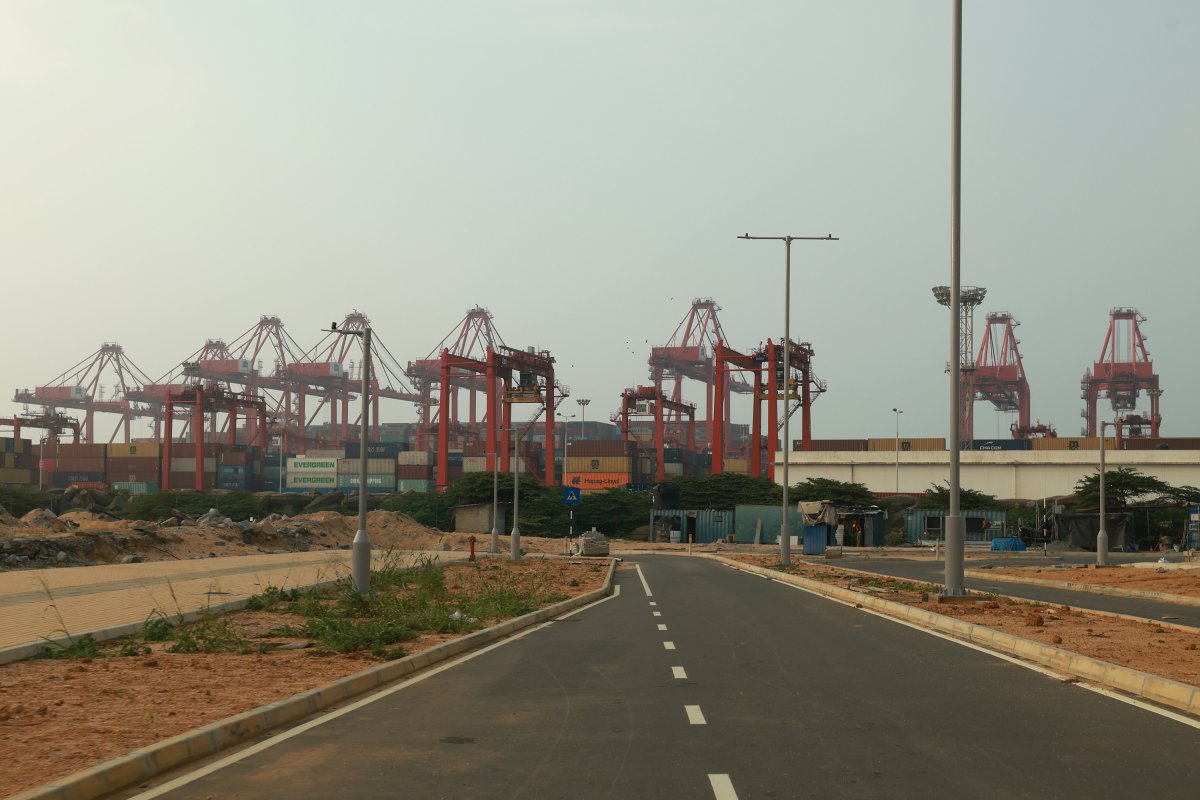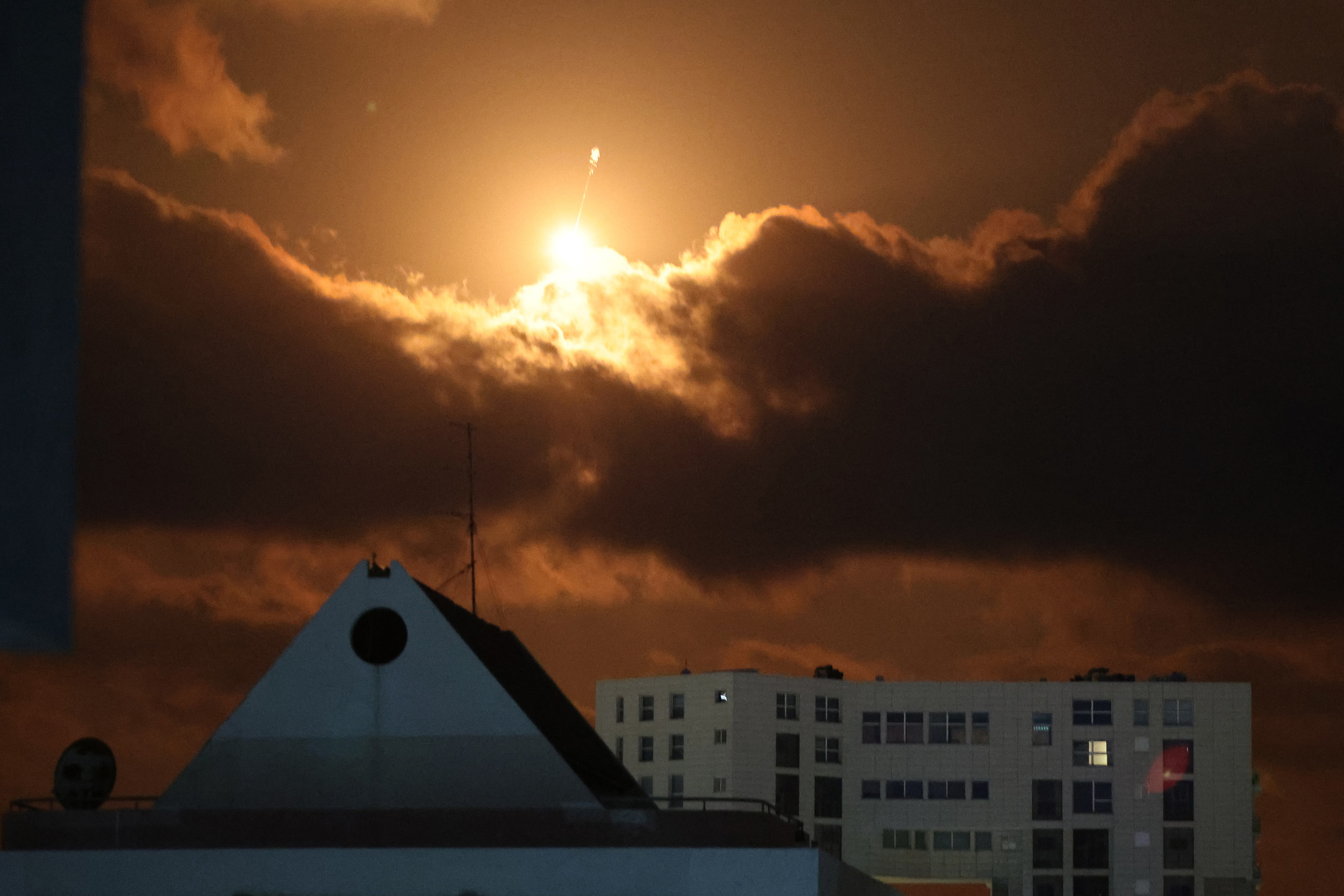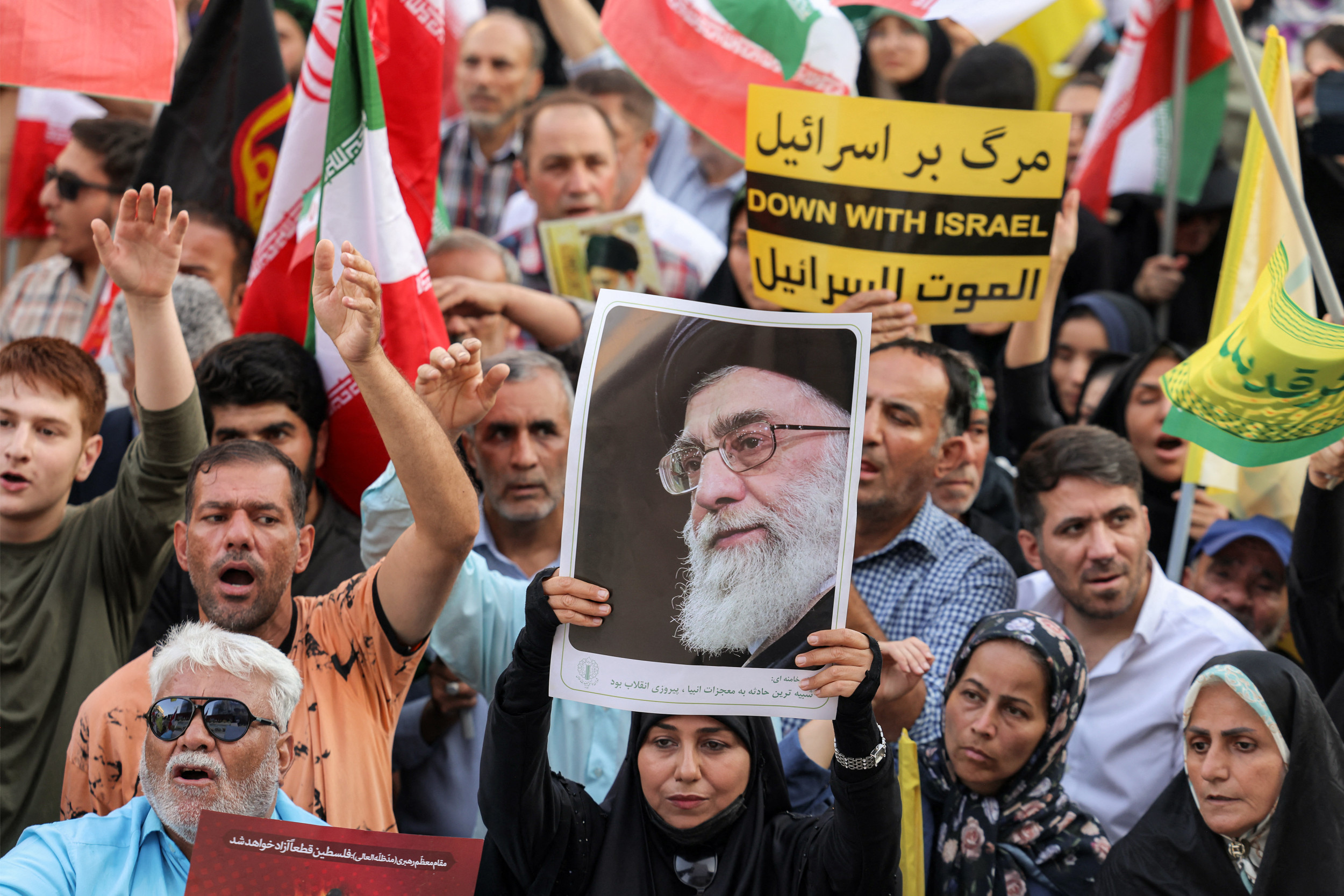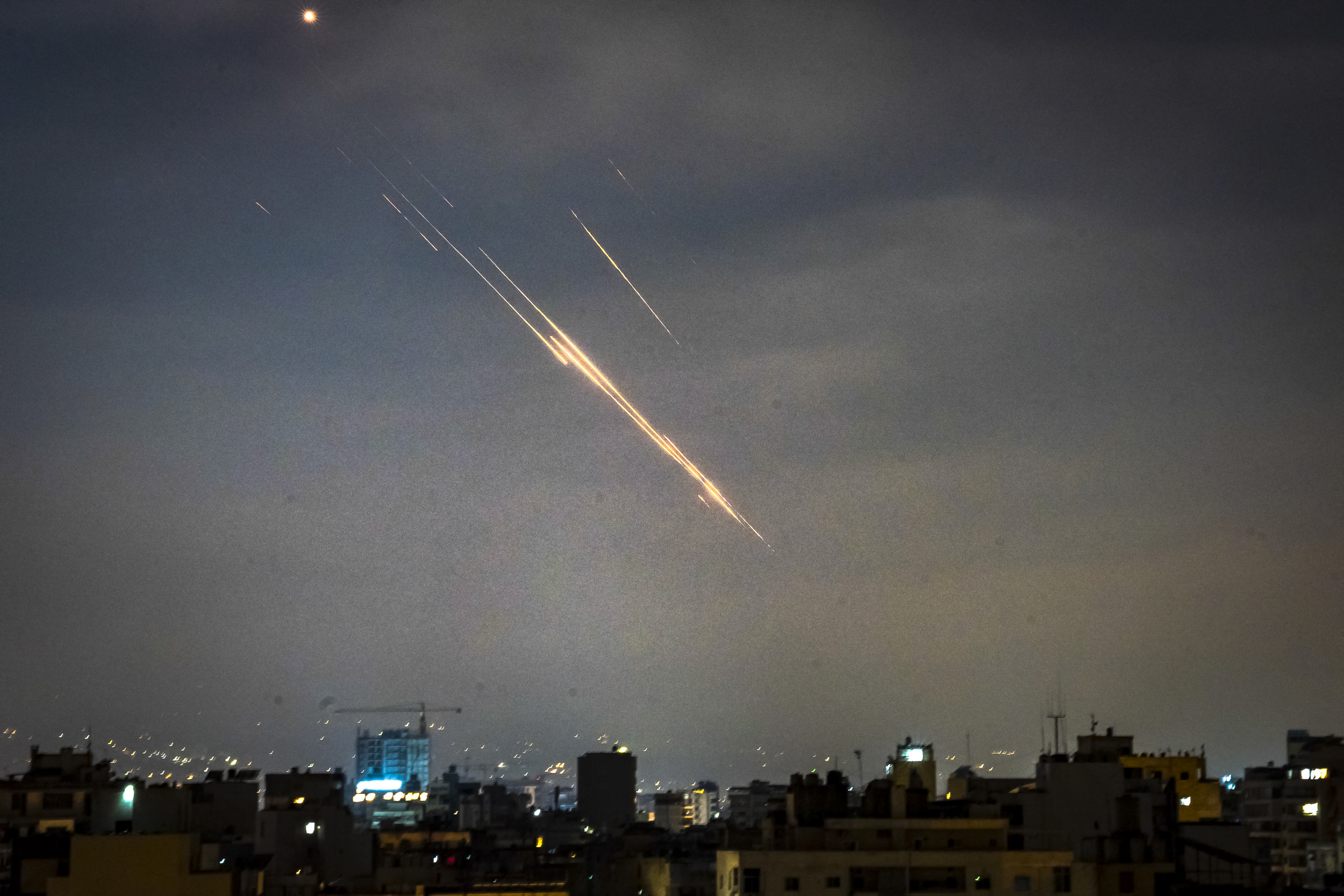🎙️ Voice is AI-generated. Inconsistencies may occur.
As China soared to economic prominence in recent decades, it also emerged as a leading source of finance for low- and middle-income countries, according to statistical records, issuing over $1 trillion in loans, grants and other types of funding since 2000.
A Newsweek map, based on the AidData development finance database maintained by the College of William and Mary in Virginia, shows 147 countries and regions that China pledged funding to up until 2021.
Why It Matters
Chinese government concession loans skyrocketed in the previous decade with the introduction of Beijing's Belt and Road Initiative (BRI) to fund infrastructure in the Global South. As grace periods on many of these loans expired in the 2020s, China went from being a top lender to the top debt collector, according to a recent report by Australia's Lowy Institute think tank.
This year, debt owed by the world's 75 poorest countries—a record $22 billion—is due. Observers warn that the burden is straining vulnerable economies and shaping their domestic politics as Chinese credit and influence grows across the globe.
Newsweek contacted the Chinese Embassy in Washington, D.C., for comment by email but did not receive a response before publication time.
What To Know
China's bilateral lending spree under the BRI, which financed dams, railways, and other infrastructure projects, accounts for most of the $1.34 trillion in Chinese development aid recorded by AidData, covering the period 2000-2021.
The figure is the result of 17,957 approved, active and completed projects with at least 147 recipients—countries like neighboring Myanmar, vulnerable regions like Gaza, or multiple countries at once. Loans or grants are funded by the Chinese government or underwritten by financial institutions like China's Exim Bank, or by state-owned enterprises.
If canceled or suspended projects are included, China's total commitment rises to $1.69 trillion across nearly 21,000 projects, with financing also arriving in the form of debt forgiveness, debt rescheduling, scholarships, and technical training.
In the two decades covered by AidData's research, Russia has been the top beneficiary of Chinese development finance, receiving $169.27 billion debt forgiveness, free-standing technical assistance, grants, loans, and scholarships or training in China—116 projects in total.
Pakistan and Venezuela respectively ranked second and third, with $112.88 billion for 67 projects since 2002 and $70.3 billion for 178 projects since 2000, according to the available data.

Chinese foreign aid is primarily overseen by the China International Development Cooperation Agency, also known as ChinaAid, which was established in 2018 to streamline aid flows and ensure they align with the country's foreign policy objectives.
Skeptics argue that China's lending to the developing world is intended to create geopolitical leverage via a debt trap for borrowing governments. Supporters say Chinese lending is driven largely by commercial rather than overt political leverage.
China denies practicing what U.S. officials have called "debt-trap diplomacy," maintaining that its loans are conducted on mutually beneficial terms.
What's Been Said
Liu Pengyu, spokesperson for the Chinese Embassy in Washington, D.C., told Newsweek: "When carrying out international development cooperation, China does not interfere in other countries' exploration of development paths that suit their national conditions, does not interfere in other countries' internal affairs, does not impose its will on others, does not attach any political conditions, and does not seek political self-interest. China's foreign aid aims to promote friendship and common development."
Deborah Brautigam, director of the China-Africa Research Initiative at the Johns Hopkins University School of Advanced International Studies, told NPR: "The Chinese are on a steep learning curve as far as debt restructuring goes. We're going to be seeing a transition: much more care about debt sustainability."
Marco Rubio, U.S. secretary of state, told lawmakers last month: "We provide development assistance. They provide debt traps, and that's a point over and over again around the world that we've made, and we've found receptive audiences to it."
What Happens Next
The U.S. has long been the world's largest single source of humanitarian aid. But amid U.S. President Donald Trump's efforts to reduce government spending, Washington has slashed foreign aid—a funding stream that last year comprised 40 percent of total global assistance.
This included cutting more than 90 percent of the budget of the U.S. Agency for International Development shortly after taking office. Critics say the cuts have put hundreds of thousands of lives at risk and diminish a long-standing tool of U.S. soft power.
China may already be seeking to fill some of that void, having already stepped in to fund initiatives such as land mine removal in Cambodia.
Update 6/12/25, 4:10 a.m. ET: This article has been updated to clarify the data presented.
Update 6/14/25, 4:03 a.m. ET: This article has been updated with a comment from the Chinese Embassy.
fairness meter
About the writer
Micah McCartney is a reporter for Newsweek based in Taipei, Taiwan. He covers U.S.-China relations, East Asian and Southeast Asian ... Read more




